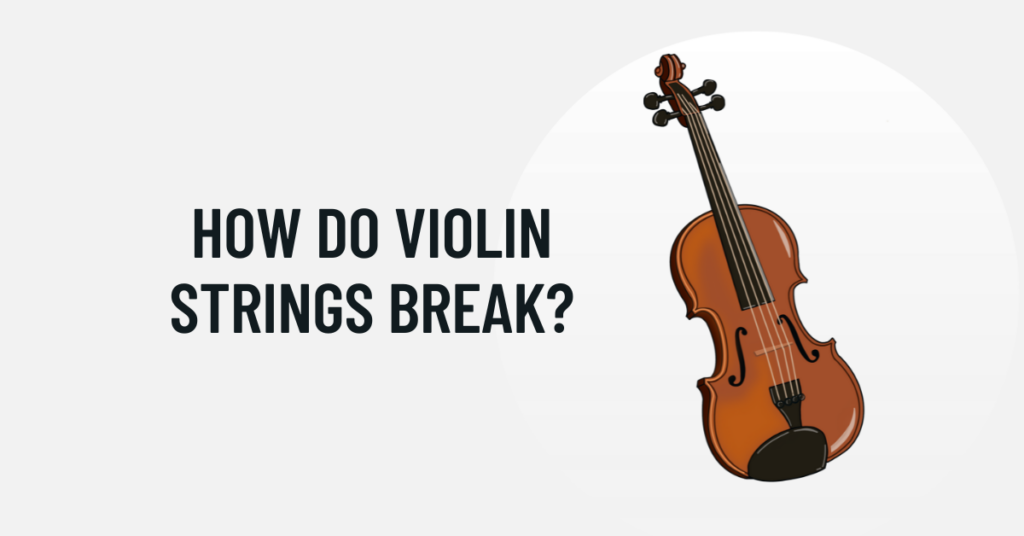The violin, with its delicate strings and intricate construction, is a testament to the artistry and precision of musical instruments. However, violinists often face the challenge of string breakage, a common occurrence that can disrupt practice sessions and performances. In this article, we will explore the various factors that contribute to the breaking of violin strings, shedding light on this delicate aspect of stringed instruments.
1. Natural Wear and Tear:
Violin strings, like all strings on musical instruments, undergo natural wear and tear over time. As violinists play, the strings are subjected to constant tension, friction from the bow, and contact with the fingerboard. Eventually, this wear weakens the strings, making them susceptible to breakage, especially if they are not replaced regularly.
2. Material Quality:
The quality of the string material significantly influences its durability. Violin strings are commonly made of materials like steel, synthetic core, or gut. Steel strings are known for their durability and stability, while synthetic core strings aim to replicate the warm tones of gut strings with enhanced stability. Poorly manufactured or low-quality strings are more likely to break prematurely.
3. Environmental Factors:
Changes in humidity and temperature can affect the tension and flexibility of violin strings. Extreme humidity levels can cause strings to swell or contract, altering their pitch and making them more susceptible to breakage. Additionally, exposure to direct sunlight, heat, or cold can weaken the string’s structure, leading to unexpected snaps during play.
4. Incorrect Installation:
Improper installation or winding of strings on the violin’s tailpiece or pegs can create stress points, making the strings vulnerable to breakage. It is crucial for violinists to follow the correct winding technique and ensure that strings are installed evenly and securely to prevent unnecessary tension on specific areas of the strings.
5. Playing Technique:
Aggressive playing techniques, excessive force, or incorrect bowing can put undue pressure on the strings. Violinists who use excessive force or play with improper bowing techniques risk breaking the strings, particularly if they frequently play with vigorous intensity or do not maintain proper posture and control.
6. Age of the Strings:
Even with proper care, violin strings have a limited lifespan. As strings age, they lose their elasticity and tonal quality. Old strings are more prone to breakage, especially if they have been subjected to heavy use over an extended period.
Conclusion
Violin string breakage is an inevitable aspect of playing this beautiful instrument. While some causes of string breakage are beyond a musician’s control, proper maintenance, regular replacements, and attentive playing techniques can significantly minimize the risk. Violinists must be mindful of the quality of strings they choose, the environmental conditions they expose their instruments to, and their playing techniques to preserve the longevity of their strings. By understanding the factors that contribute to string breakage, violinists can take proactive measures to prolong the life of their strings and continue producing exquisite music on this remarkable instrument.


